Looking to buy new bedsheets and pillowcases? Cannot decide on which is the best fabric to make a more comfortable bed? Well, to help you make better decisions, I have compiled a list of common fabric materials and what they are good for – Read on!
P.S. Take note that the list is not in any particular order… Just whichever came to mind first.
COTTON
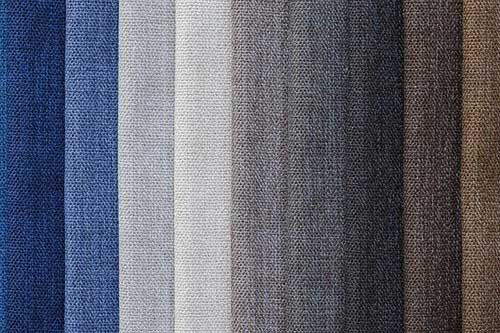
Breathable: 4 / 5 – Cotton is a breathable material. Absorbs moisture and allows heat to escape.
Maintenance: 5 / 5 – Cotton bedsheets are easy to maintain, just throw in the same everyday laundry load.
Durability: 3.5 / 5 – Will last a long time with some proper care and cleaning.
Cost: 5 / 5 – Very affordable, easily available everywhere.
Cotton is the “common Joe” in the world of fabrics, it is also pretty much the safest “value-for-money” option. Can’t go wrong as cotton bedsheets can pretty much be used in any kind of climate and season – Warm or cold.
WOOL
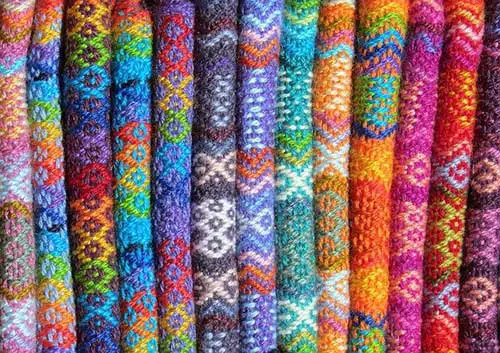
Breathable: 4 / 5 – Wool is breathable. Absorbs moisture and allows heat to escape.
Maintenance: 3.5 / 5 – Wool can be washed with the rest of the laundry load, but a mesh washing bag is recommended to prevent tearing.
Durability: 4 / 5 – Durable and resistant to tears.
Cost: 5 / 5 – Affordable, a common fabric.
For the people who are still confused between cotton and wool – Cotton is from plants, while wool comes from sheep and lamb. Now, the quality of wool can be quite subjective too, depending on which breed of sheep or lamb it came from. But in general, wool is another age-old “hard to go wrong fabric”.
LINEN
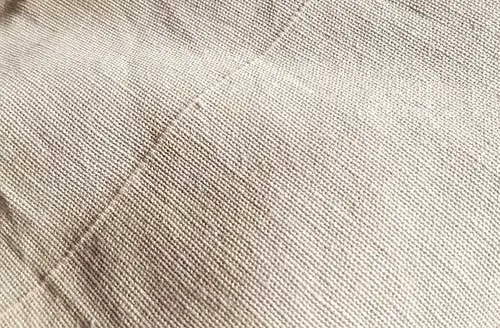
Breathable: 4.5 / 5 – Linen is touted to be a more breathable material than cotton. Perfect for summers and warm climates.
Maintenance: 5 / 5 – Easy cleaning. Can be washed with the rest of the laundry load using lukewarm water and gentle detergent.
Durability: 5 / 5 – Known to be one of the most durable fabrics in the world. Linen from ancient Egypt is still surviving in museums today.
Cost: 5 / 5 – Just about the same price as cotton, very affordable.
Cotton comes from the cotton plant, and linen comes from flax. These two fabrics have been compared to each other for a long time… While linen is slightly behind cotton in terms of comfort, the durability is legendary. If linen from thousands of years ago is still in good shape, a linen bedsheet with proper care can probably last a lifetime.
BAMBOO
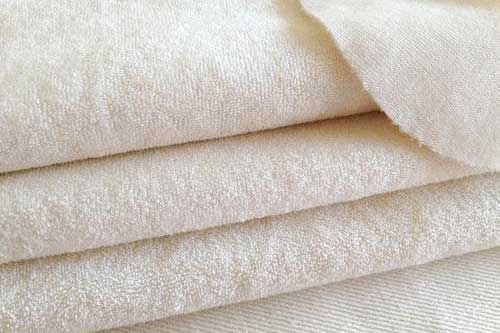
Breathable: 4.5 / 5 – Bamboo fiber is one of the more breathable fabrics. Perfect for summer and warm climates.
Maintenance: 4 / 5 – Can pretty much be washed with the rest of the laundry load.
Durability: 4 / 5 – Bamboo is a very durable material, it will probably last for decades if not abused.
Cost: 3 / 5 – Not as affordable as the common cotton and wool, but not crazy expensive either.
Bamboo, one of the most overrated fabrics. Marketers just love to sing “bamboo fabric is hypoallergenic natural sustainable”, but the fact is, it is also the same for cotton and linen. Look at bamboo fabric for what it is – It is not a magic fabric, but it is still a good cross between comfort and durability. A little bit pricier though.
SILK
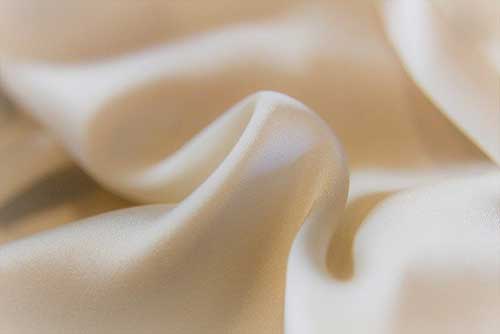
Breathable: 5 / 5 – Extremely comfortable, does not have that “stick to skin” feel.
Maintenance: 2 / 5 – Silk is difficult to wash and maintain. It tears fairly easily because of how thin it is.
Durability: 2 / 5 – Will tear quite easily, will not last long without proper care.
Cost: 1 / 5 – Genuine silk is expensive.
Welcome to the world of luxury. Silk is painstakingly harvested from silkworms and goes through a careful process – That is why it is so expensive. There is nothing to doubt about the quality of good genuine silk, there are no other words to describe silk but “silky smooth”.
SATIN
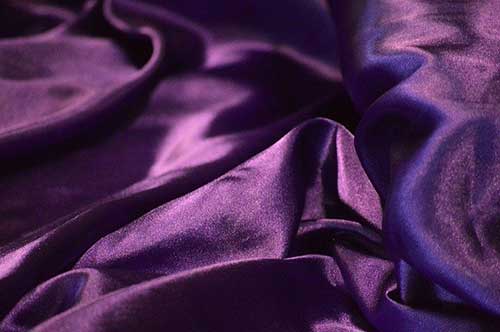
Breathable: ? / 5 – Depending on the type of fabric that is used to make the satin, but satin pillowcases are generally quite breathable.
Maintenance: 2 / 5 – Can be quite a pain to wash. No harsh chemical, no heat, has to be placed in a washing bag, flip inside-out before washing, has to be washed separately.
Durability: ? / 5 – Again, it depends on the type of fabric.
Cost: 3.5 / 5 – Satin pillowcases range from cheap to pretty expensive, but never too crazy.
Satin is easily identified as the glossy sheen smooth “wedding dress” material. It is actually not a type of fabric itself, but a type of weave. Yes, satin can be made from various different fabrics, and that is why the quality can differ quite wildly.
POLYESTER
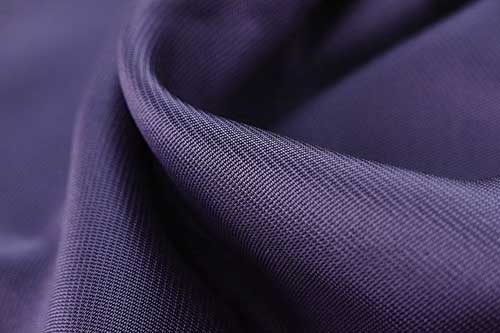
Breathable: ? / 5 – It depends. Some synthetic materials with higher a “plastic ratio” are waterproof and not breathable at all.
Maintenance: 4 / 5 – Just wash with the rest of the laundry load. No high heat and harsh chemicals though.
Durability: 4 / 5 – Polyester can last really long with proper care.
Cost: 4 / 5 – Easily affordable. Polyester is a common material that is also popular in sportswear.
For the uninitiated, polyester is pretty much plastic infused into fabrics. While some environmentalists will cringe at polyester, they actually retain their shape well and are generally more durable. The other school of thought goes – Buy fewer bedsheets, save more resources.
NYLON
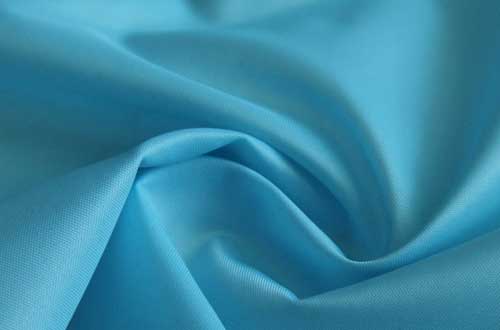
Breathable: 0 / 5 – Nope, Nylon is waterproof and not made to be breathable material.
Maintenance: 4 / 5 – It’s waterproof, just wipe with a piece of a damp cloth.
Durability: 4.5 / 5 – Known to be more durable than polyester.
Cost: 3 / 5 – Slightly more expensive than polyester.
Nylon is yet another synthetic material, and you may have already seen Nylon – They are commonly used as camping groundsheets and tents. Yes, Nylon is waterproof. So they are more meant as a fitted sheet (bottom protective layer).
THE FAIREST OF THEM ALL?
Now that we have come to the end of the list, one last question remains – Which is the best fabric? I believe that is subjective, so:
- Best overall value-for-money: Cotton
- Best for skin: Silk
- Best for cooling: Silk (cotton, linen, bamboo works great too)
- Best for warmth: Wool (thick wool)
- Best for durability: Linen
- Best luxury and comfort: Silk
THE END
Thank you for reading, and we have come to the end of this short guide. I hope it has helped to answer your doubts, helped you to make a better choice. Good luck and have better nights of sleep!
LINKS & REFERENCES
- 28 Types of Fabrics and Their Uses – Master Class
- Cotton VS Wool – Wilderness Today
- Linen VS Cotton – LinenMe
- All You Need To Know About Synthetic Fabrics – KeyColour
